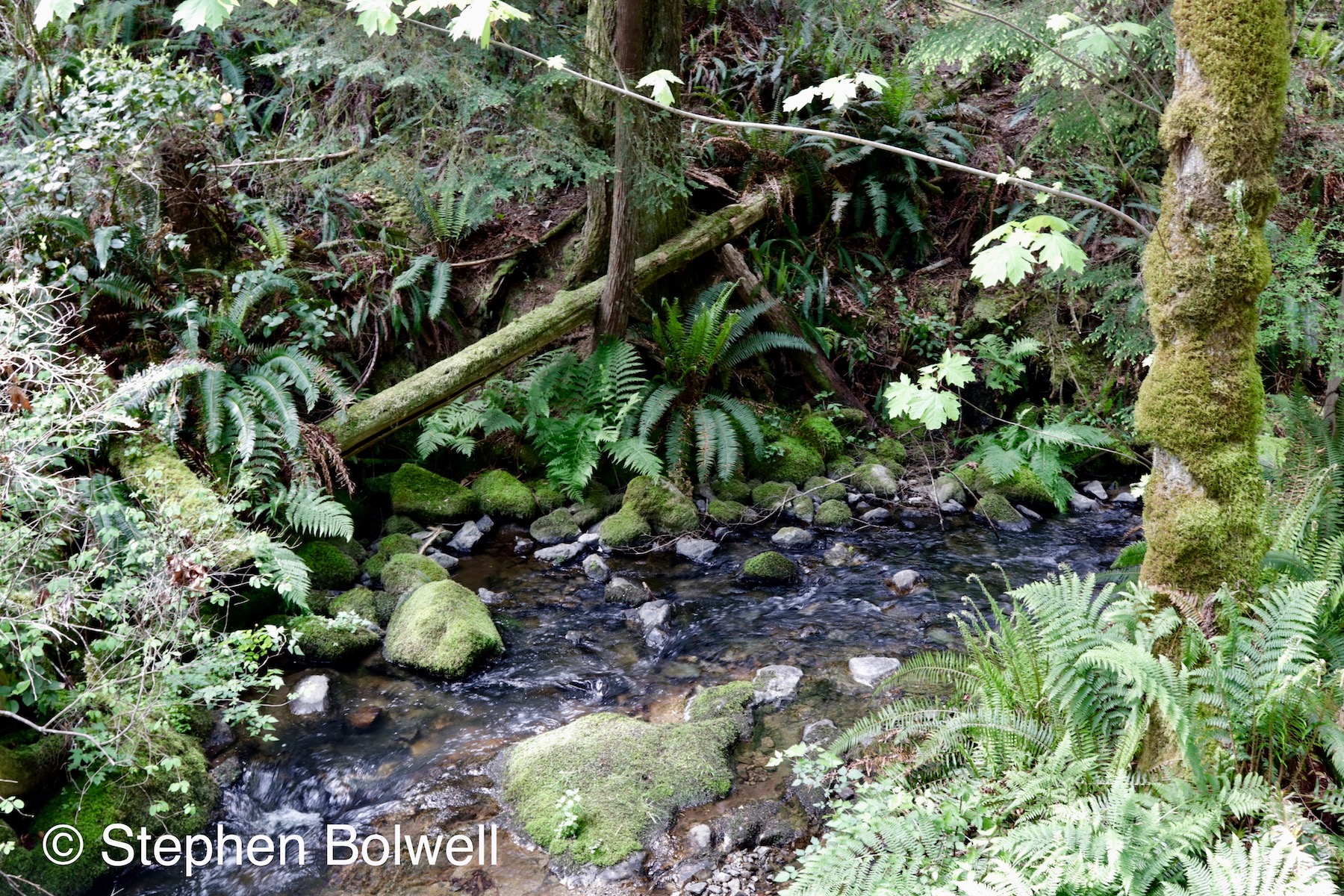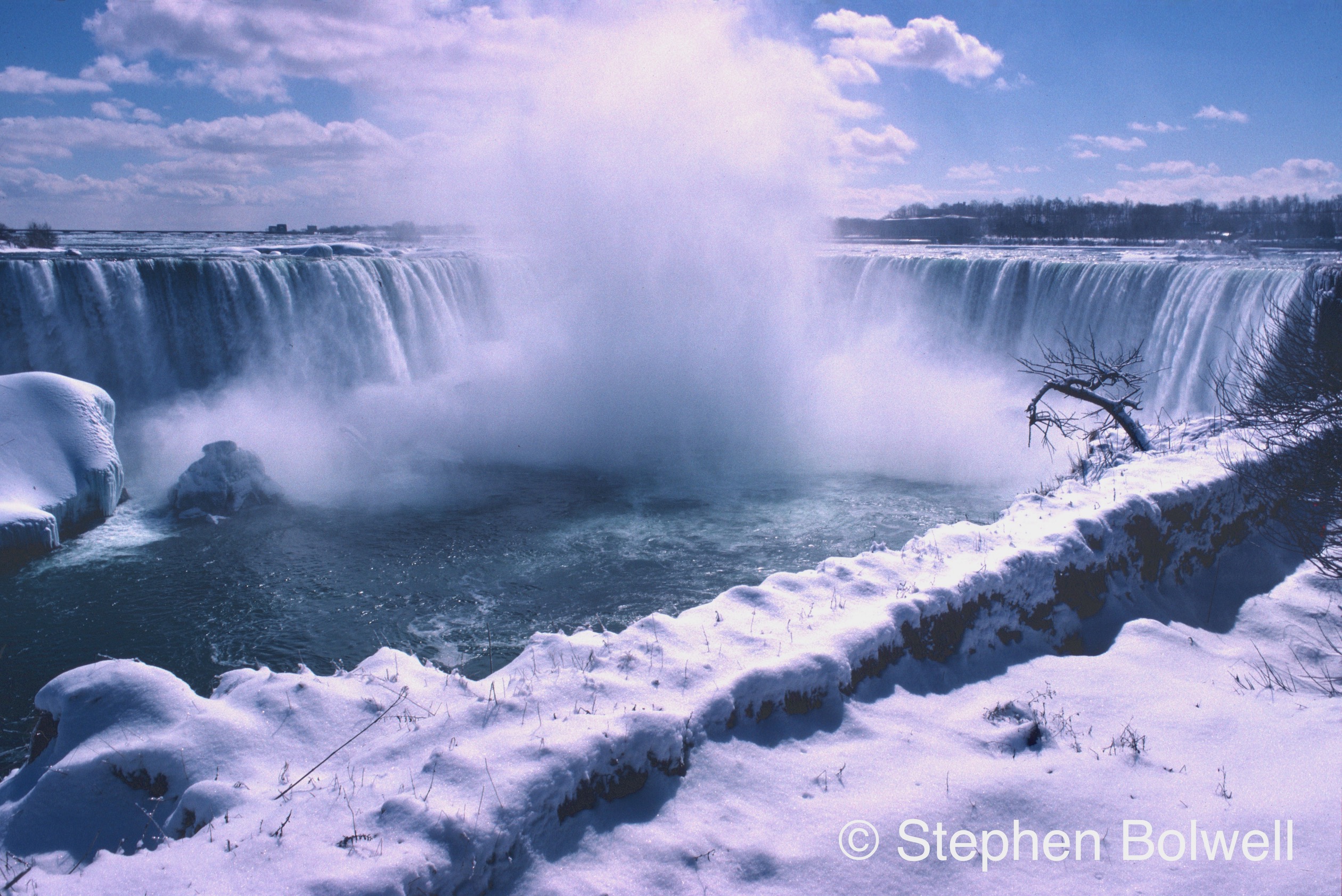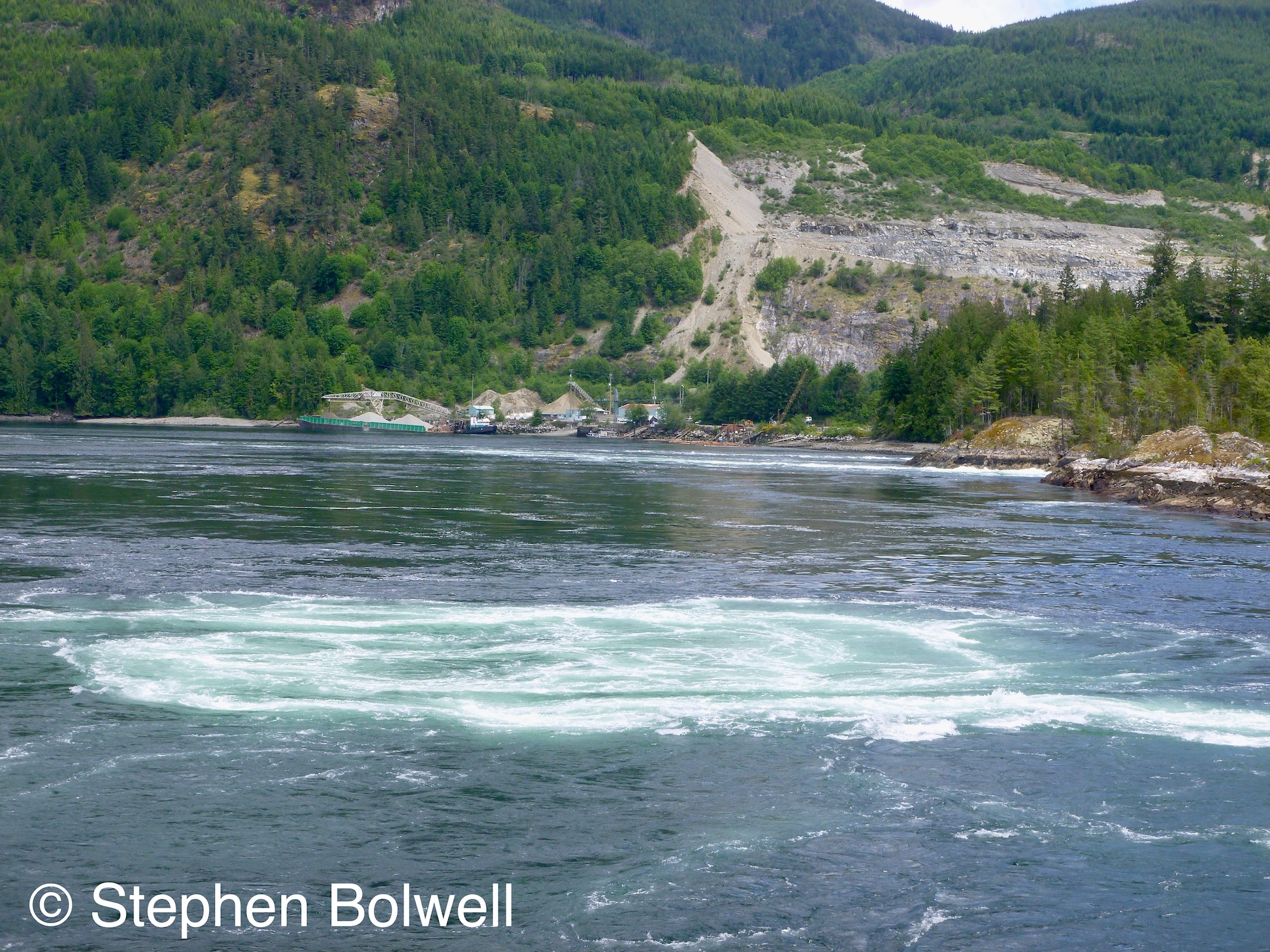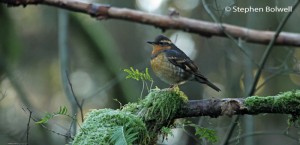My daughter thought that her mother and I could do with a break from the human clutter of British Columbia’s Lower Mainland, and kindly booked us accommodation for three nights on the Sunshine Coast: a pleasant destination that lies across water to the north west of Vancouver; and we would benefit by visiting during May – arguably the best month to be anywhere that is natural in BC.

Jen hasn’t been well, so this will be a pleasant break for her; I was just pleased to escape the tedious chore of fencing the garden, and it wasn’t long before we were driving through early morning sunshine on our way to Horseshoe bay just east of Vancouver. Fairly soon we were driving up onto the ferry and forty minutes later were on the Sunshine Coast – a place so different from the Lower Mainland that it is as if we’d crossed to an alternative Universe where the pace of life was completely different – not that anybody, anywhere on the West Coast seems to be in a hurry, especially when traffic lights are changing. ‘It feels a bit like Hawaii’, Jen, says ‘but without predictably good weather’. To be honest on a cool, wet day you might wonder how this place got it’s name, but when the sun comes out, it becomes rather special.
We drive on to Sechelt, which is a gentle seaside town that most consider a great place to visit, and if you are lucky enough to live there, so much the better. Once you’re over the gravel extraction thing, that ruins the view along the beach in one direction, Sechelt seems very pleasant. The locals are friendly and usually find time to talk to visitors without any sign of resenting a sudden arrival from another world.

We stay not far outside of the town close by Porpoise Bay Provincial Park on a bend in the Peninsula. Our accommodation is very agreeable and made all the more special by a wonderful view of both water and mountains that Jen at once recognizes as a Bob Ross painting, although this one clearly hasn’t been knocked off in half an hour.
You know how it was with Bob, he had a way with mountains, with his paintings often working well right up until the last five minutes when he would suddenly add his happy trees and their friends. Unfortunately Bob’s trees were often indifferent – people would write in and and tell him so, but he’d paint them anyway and you’d have to watch until the end of the show just to be certain that you were going to be disappointed. He’d suddenly get uncharacteristically animated and say, “Now you know me”, and off he’d go with his filbert, and the trees would go in… However, the trees we are looking at are somewhat different, framed through a large picture window they’re mostly a vivid green which Bob’s seldom were, and these were really well done, no doubt with the advantage of years of development. In contrast to a Bob painting, the whole composition was working especially well, and would continue to do so until the foreground trees grew up to wipe out the view.

At least you do get a fair go here, which you don’t in many places – if your neighbours are in agreement, you can top some trees to maintain the value of your property, and in doing so, exert a little control over nature. We’re human and we all like do that… when we’re not extracting gravel, or ringing oil out of tar sands for profit, maybe we’ll be out shooting a moose or bringing down the occasional tree because to leave a natural resource without taking advantage of the situation is very un-Canadian. In fairness, it’s a world thing, we’re ripping the heart out of the natural world, which would be fine… if there weren’t quite so many of us doing it.
But Jen doesn’t want to rip the heart out of anything. All she wants to do is drive around 50k north to see a natural event at the Skookumchuk Narrows where a mid-day ebb tide will create whirlpools that move along with a disruptive flow of water. Today is the 21st May 2019 and a little after mid-day will be one of the best days of the month to see an ebb tide disturbance.
When the Chinookan people used the word skookum they meant strong and powerful, and any reference to chuck meant water. So, we drive north along the inlet road that runs up the Peninsula to the Narrows, where the entrance passage into Sechelt Inlet – essentially a fjord – is restricted by a bottle neck which causes a twice daily event when tides are at their peak.
We park at the entrance to Skookumchuck Provincial Park and begin the walk in. The mossy temperate forest we encounter is for me the high point of the day, because this really is a beautiful place, once you’ve passed the information boards that tell how best to behave if you happen to meet up with a black bear or cougar: this must be unnerving for some visitors, but we carry bear spray and an air-horn and pretend we aren’t bothered by such interesting possibilities.

It is difficult to overstate how agreeable our surroundings are, although this is not the way the forest once was, and this is the case for many coastal regions that have nearly all been logged out in recent history – all the trees that we are seeing now are comparatively young.
When Europeans first saw virgin forest they saw dollar signs rather than great natural beauty and cut the old growth forest without any concerns for the environmental consequences, and this major occurrence passes today almost without comment – there are still trees here, and for most of us that’s all that matters, although the difference this has made to our Planet is considerable. I’ll discuss this further the next time I write and will confine my present comments to the Skookumchuck Narrows.
It is just over 4K through the forest to our destination. We walk along slowly – it takes just over an hour, but this is not a difficult journey, with only the slightest undulation along a well used trail.

You can hear the tumult of water before you see it, which prepares you for a reveal as you come out of the wooded area onto a rocky platform on the inlet, elevated above the rapidly flowing water that will peak on both ebb and flood tides. There are others who have made the journey to watch the present event on an ebb tide. The drop in water elevation from one end to the other can be a couple of metres, with a flow that reaches as much as 16 knots (around 30 K/hr), and is certainly the most impressive tidal rapids I have seen.

On the ebb tide we are watching eddies and currents of choppy water that start predictably in one or two areas and then move rapidly along to form whirlpools that increase in intensity as they flow on past us.

Back on the West Coast around 30 years later we are still at Skookumchuck Narrows, the other viewers have now gone, but we stay and watch as the water disturbance begins to subside. The whole event attracts a variety of sea life to feed in the area, but from our vantage point above water we have seen no sign of this.
Small boats and boarders do occasionally venture through, but did not while we were there; only a single boat took the chance during the hour and a half that we were viewing and certainly took a wide berth of the most active area. Personally, I wouldn’t be inclined to attempt the journey on a board as there is ample opportunity to end up in a whirlpool on what for me would be the wrong side of the surface, and it would be a long time before you get spat out at the other end of the experience.

The background scar on the landscape also distracts from the event: there is some form of extraction on the opposite bank. We don’t appear to be able to escape at least some form of natural plundering on the Peninsula and if we waited long enough, a barge carrying gravel away from Sechelt might also pass through here as this is the only waterborne exit from the inlet.
On the full tide rather than the ebb, the water is said to become rougher and more choppy, but I haven’t witnessed such an event as one visit is enough for me. The experience is interesting, but not one of the most dramatic events that nature has to offer: a video provides a little more drama than does a still which unfortunately cannot capture the power that the constriction on the water flow exerts at the Narrows. 
Don’t get me wrong 200 billion gallons of water flowing through the Narrows between the Sechelt and Jervis Inlets during such a short period of time is impressive, but sometimes a picture is just not enough to capture a dramatic event – you really do have to be there. If you do decide to make the journey, then check the best days and times to do so, because observing the tides at their peaks will make all the difference to your experience.




